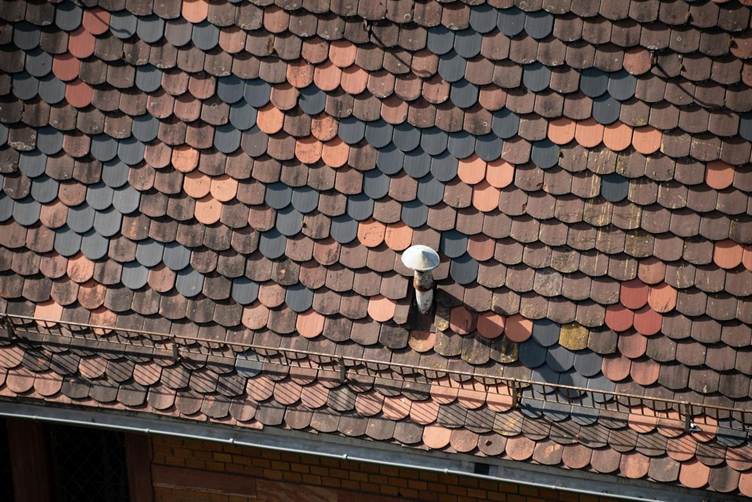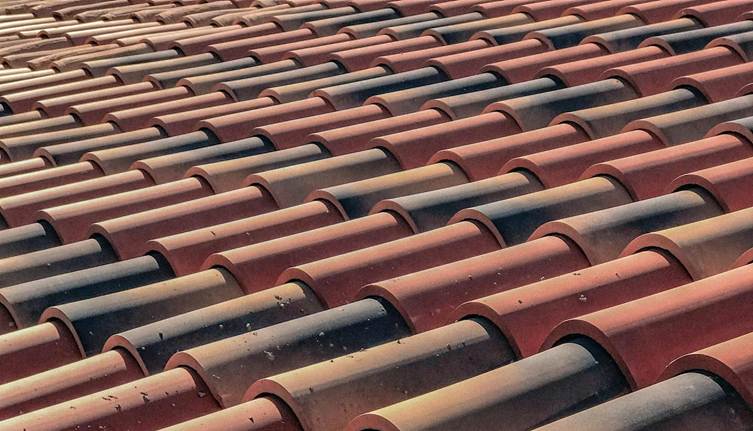The roof is your property’s first line of defense against the elements. It often remains one of the most overlooked components of a home or commercial building until trouble arises. Ignoring roof issues can lead to expensive damage, energy inefficiency, and even safety hazards. Understanding the key signs that indicate the need for an immediate roof inspection helps ensure you stay ahead of problems before they escalate.

Water Damage and Interior Warning Signs
Leaks are often the first noticeable red flag that your roof needs attention. Water stains on ceilings, bubbling paint, or warped walls are clear signs that moisture is entering your home. Sometimes, the damage is more subtle, manifesting as a musty odor or hidden mold growth in the attic or upper levels.
Leaks often originate from small weaknesses in the roof that may not be visible from the outside. These leaks compromise insulation, cause wood rot, and create the perfect environment for mold. If you notice any interior water-related damage, don’t wait. An inspection can determine whether the problem is related to the roof or another source, and allow for timely repairs.
Visible Shingle Deterioration or Surface Damage
Walk around your property and take a close look at the roof’s surface. Curled, cracked, or missing shingles indicate weathering, poor installation, or age. Even one missing shingle can lead to water infiltration during storms. For asphalt roofs, granules found in your gutters or near the downspouts are another indication of wear.
If you own a metal, tile, or slate roof, check for rust, cracks, or chips. Each material has its own aging pattern, but visible signs of decay are universal indicators that it’s time for a professional to take a closer look. Spotting these issues early gives you a chance to prevent deeper structural problems.
Sagging Rooflines and Structural Irregularities
A straight and even roofline is a sign of structural health. But if you notice any dips, curves, or sags, it could be due to underlying rot or damage to the roof decking or supporting beams. This type of deformation often occurs slowly, which makes it easy to miss.
If you're unsure, take photos of your roof from different angles or compare current visuals with older ones. Once sagging becomes visible, the structural integrity may already be compromised. At this stage, inspections aren’t just advisable, they’re important for safety and long-term stability.
Post-Storm Assessment and Professional Evaluation
Extreme weather is a leading cause of roof damage in areas that experience high winds, hail, or heavy snowfall. Even if your roof appears intact from the ground, hailstones can cause microfractures in shingles, and strong gusts can lift corners or flashings. By visiting https://therooftiger.com/ and similar websites, you can find professionals who specialize in post-storm evaluations. These assessments are particularly useful for identifying hidden damage and documenting evidence for insurance claims. After any major weather event, it’s wise to schedule an inspection if surrounding homes have visible damage.
Poor Energy Efficiency and Rising Utility Bills
Have your heating or cooling costs suddenly increased? Your roof could be to blame. Damaged or aging roofing systems often lack the insulation needed to regulate indoor temperatures. This forces your HVAC system to work harder, which drives up your energy bills.
Even small air leaks in the roof can make a big difference. A proper inspection can reveal whether air is escaping through vents, poor sealing, or gaps in insulation. Modern energy-efficient roofing materials can help regulate temperature, reduce costs, and enhance comfort year-round.
Gutter Issues and Secondary Warning Signs
Your gutters are closely tied to your roof’s performance. Overflowing, sagging, or blocked gutters can cause water to back up under your roofing materials, leading to leaks and rot. Debris buildup in the gutters often comes from deteriorating roofing materials, such as granules from asphalt shingles or rust flakes from metal roofs.
Inspect your gutters at least twice a year. If they’re carrying more than leaves, like roofing debris or shingle particles, it could be time for a closer look at the roof itself. Addressing gutter issues in tandem with a roof inspection is an effective way to preserve the entire drainage system and avoid compounding problems.
Your roof silently shields you from the elements every day. It won’t last forever, and waiting until damage becomes severe only increases repair costs. From water stains and high energy bills to sagging rooflines and visible shingle wear, the signs are usually there if you know what to look for.
Scheduling regular roof inspections, after storms or when your roof passes the 10- to 15-year mark, can make all the difference in maintaining your property’s structural health and value. Proactive care doesn’t just protect your investment, it gives you peace of mind that your home or commercial space is safe, efficient, and secure.










